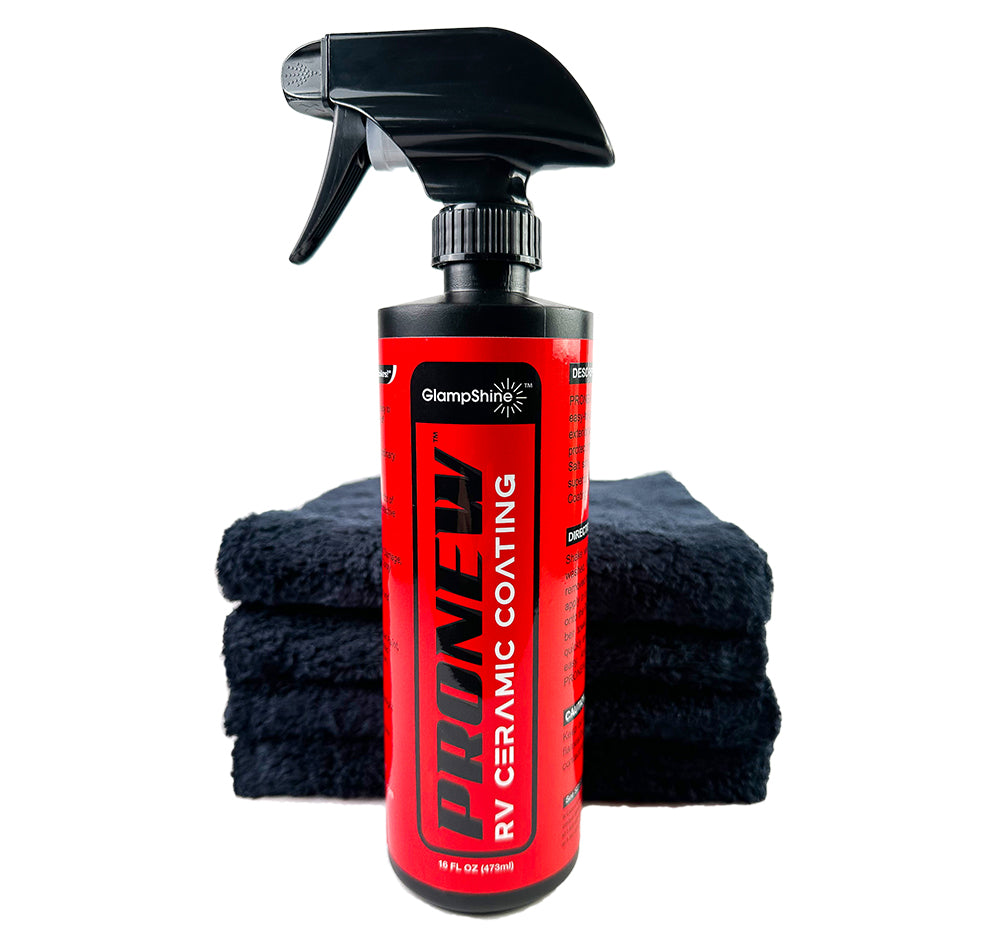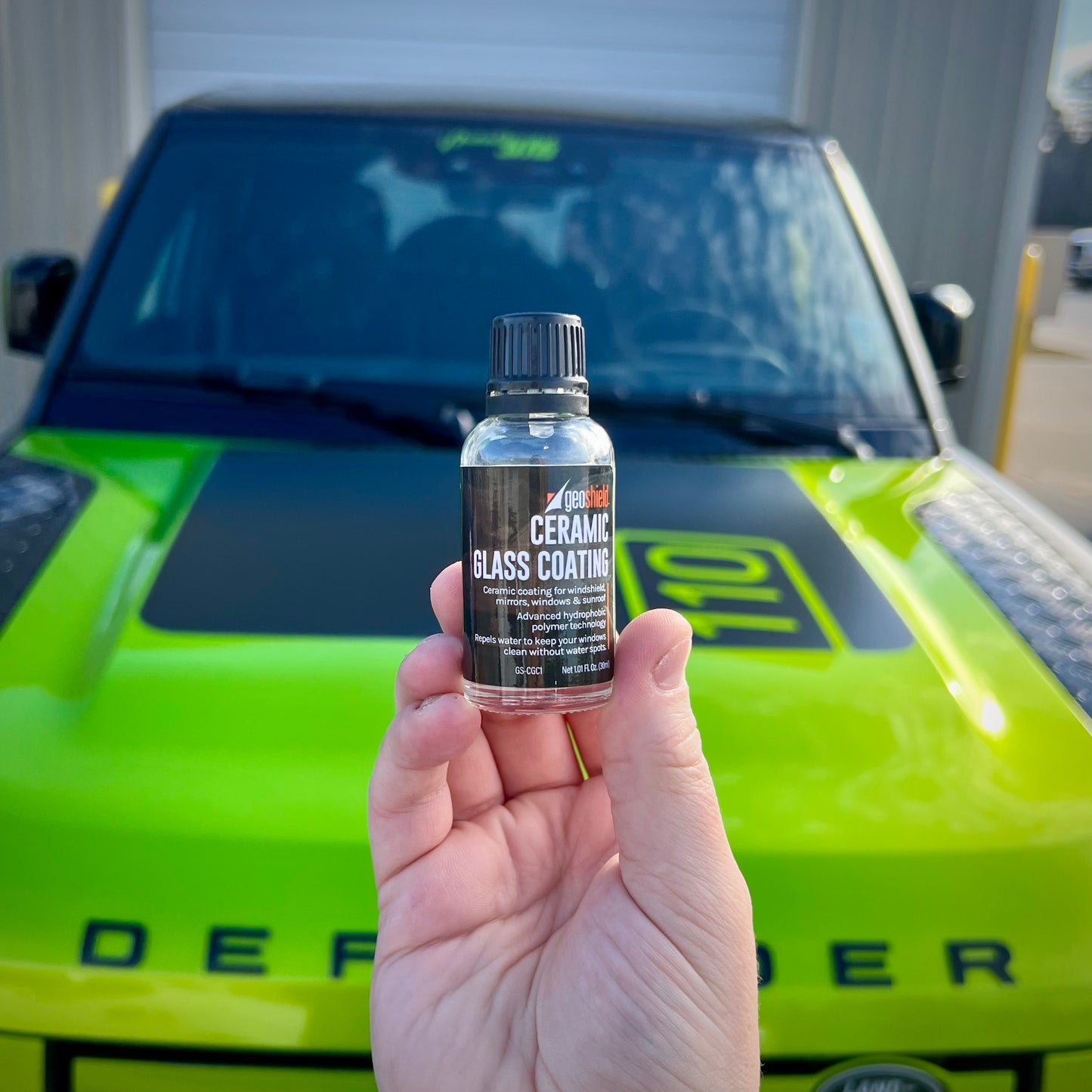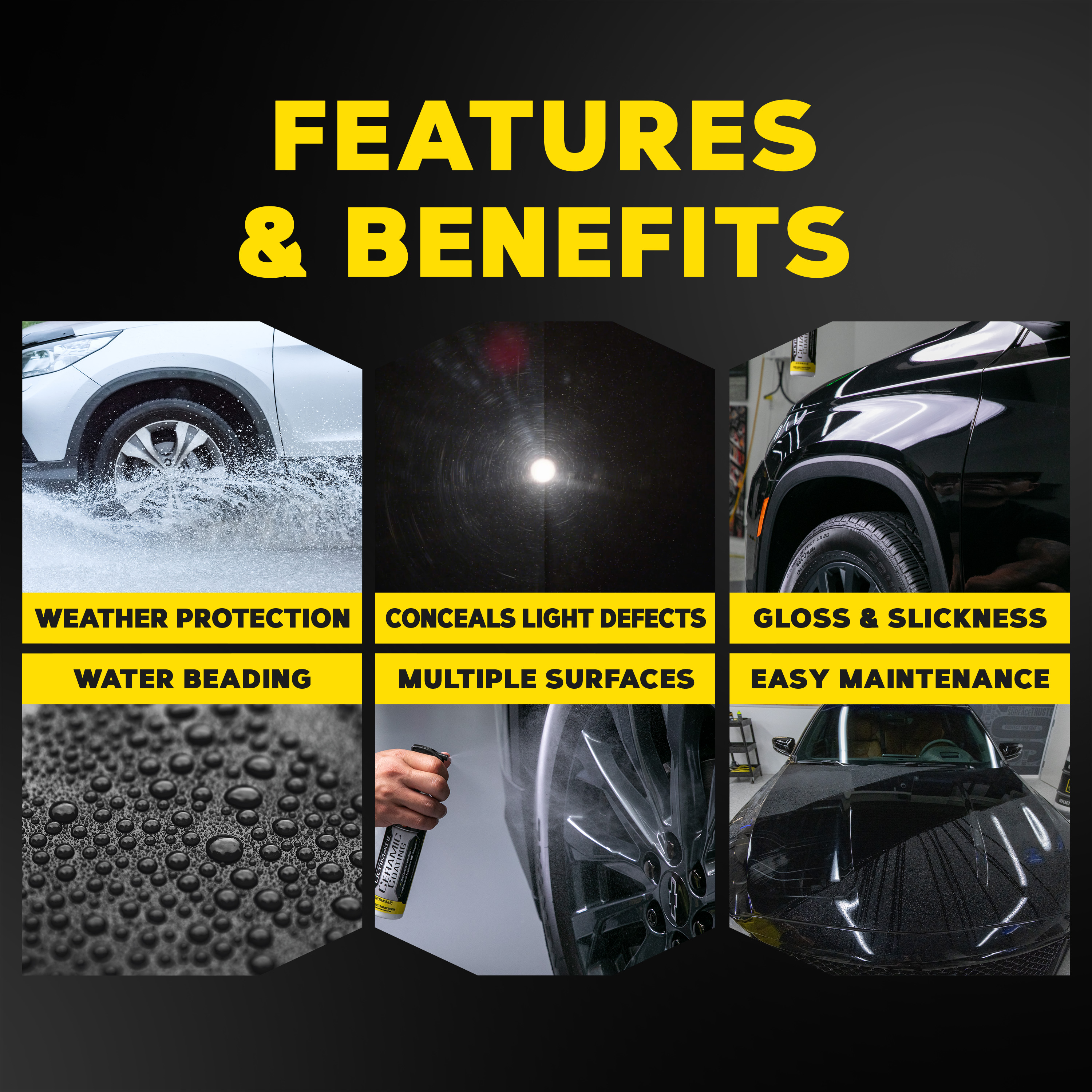How Ceramic Coating Philadelphia Maintains Your Vehicle Looking New for Years
How Ceramic Coating Philadelphia Maintains Your Vehicle Looking New for Years
Blog Article
Why Ceramic Finishing Is the Ultimate Service for a Remarkable Finish
Ceramic finish has actually become a leading solution for those seeking a perfect coating for their vehicles, many thanks to its remarkable toughness and protective features. This advanced fluid polymer not just bonds flawlessly with manufacturing facility paint yet likewise provides an awesome obstacle against typical hazards such as scrapes, UV rays, and toxic wastes. In addition, its hydrophobic residential or commercial properties streamline maintenance while improving aesthetic allure. Comprehending just how this technology compares to conventional approaches and exploring its application subtleties can reveal even a lot more about its value. What aspects really set ceramic covering apart?
What Is Ceramic Finish?

When applied properly, ceramic finish creates a hydrophobic surface that repels water and dust, making it much easier to preserve and cleanse. Unlike standard waxes or sealants, which typically supply brief defense, ceramic coverings can last for a number of years, relying on the product top quality and application method. The process of using ceramic covering requires thorough prep work, consisting of complete cleaning and occasionally paint adjustment, to make certain optimum bonding and effectiveness.
Ceramic finishes are not restricted to automotive surfaces; they can likewise be made use of on different products, including glass, metal, and plastics, providing a functional option for improving defense. On the whole, ceramic coating stands for a considerable development in surface security modern technology, incorporating both aesthetic and practical advantages for a vast array of applications.
Advantages of Ceramic Coating
While numerous surface area protection alternatives exist, the advantages of ceramic finishing stick out as a result of its one-of-a-kind properties and lasting efficiency. Among the key advantages is its extraordinary durability. Ceramic Coating Philadelphia. Unlike traditional wax or sealants that require constant reapplication, ceramic finishes provide a resilient layer that can last for numerous years, dramatically lowering upkeep initiatives
An additional noteworthy advantage is boosted defense against ecological impurities. Ceramic finishings develop a hydrophobic surface that wards off water, dirt, and different pollutants, making it less complicated to clean up. This attribute not only maintains the car's look but additionally minimizes the threat of deterioration and oxidation, specifically in rough climate conditions.
Additionally, ceramic coverings provide remarkable resistance to UV rays, avoiding fading and destruction of paint over time. This UV protection is critical for maintaining the aesthetic worth of surfaces and cars exposed to route sunshine.
In addition, the shiny surface accomplished with ceramic coating enhances the overall aesthetic allure, giving surfaces a showroom-quality luster. On the whole, ceramic layers represent a considerable development in surface protection innovation, giving long-lasting advantages that satisfy both practical and aesthetic needs.
Exactly How It Works
Recognizing the science behind ceramic coatings reveals just how they offer such exceptional security and long life. At its core, a ceramic layer is a liquid polymer that chemically bonds with the car's factory paint. This bonding produces a protective layer that is both hydrophobic and best site oleophobic, repelling water, dirt, and oil. The key element of a lot of ceramic layers is silicon dioxide (SiO2), which is originated from quartz. This compound adds to the layer's solidity and resistance to scratches, UV rays, and environmental pollutants.
The application process includes numerous actions, consisting of surface area prep work, which is crucial to attaining optimum adhesion. Once used, the coating undertakes a healing procedure, during which it solidifies and forms a semi-permanent bond with the paint surface area. This bond is what identifies ceramic coatings from conventional waxes and sealants, supplying a longer-lasting protective barrier that can endure for several years.
Additionally, the density of the finish can enhance its safety top qualities, making sure that it can hold up against severe problems. Inevitably, the scientific research of ceramic coverings combines sophisticated materials with cutting-edge application techniques to provide an unrivaled degree of defense and visual improvement for automobiles.
Contrast With Conventional Techniques
When compared to conventional paint defense approaches such as sealers and waxes,The go to this site benefits of ceramic coatings become especially obvious. While waxes use a short-term luster, generally lasting a few weeks to a number of months, ceramic finishes provide a resilient protective layer that can sustain for a number of years. This resilience substantially lowers the regularity of reapplication, making ceramic finishings a much more cost-efficient remedy with time.
Furthermore, standard approaches commonly call for comprehensive prep work and several applications to attain an acceptable degree of protection. In comparison, ceramic finishes bond at a molecular level with the automobile's surface, creating a durable guard against ecological pollutants like UV rays, acid rainfall, and roadway salts. This bond boosts the lorry's resistance to scratches and swirl marks, look what i found which are common with conventional waxes and sealants.
Additionally, the hydrophobic residential properties of ceramic coverings repel water and dust, causing easier cleansing and upkeep. On the other hand, wax and sealant-treated surface areas can attract crud, demanding even more constant washing - Ceramic Coating Philadelphia. Overall, ceramic coverings not only supply exceptional defense yet also provide a much more visually appealing and long-lasting surface, establishing them as the recommended option for critical vehicle proprietors
Application and Upkeep Tips

Using a foam applicator, apply the coating in tiny sections, following the supplier's standards regarding density and overlap. Permit adequate treating time in between coats, commonly 24 hr, to ensure correct bonding. After application, it is critical to prevent exposure to water or severe components for at least a week to enable the layer to completely heal.
For maintenance, clean the vehicle frequently with pH-balanced soaps and stay clear of abrasive materials. Touchless car washes are advised to minimize damaging. Additionally, making use of a ceramic maintenance spray can enhance the layer's hydrophobic properties and durability. Routine evaluations for any indications of wear will help preserve the coating's stability and preserve that immaculate coating.
Verdict
To conclude, ceramic coating becomes an exceptional alternative for accomplishing a flawless automobile coating. Its outstanding durability, protective top qualities, and hydrophobic buildings considerably enhance the lorry's look while streamlining maintenance efforts. By forming a robust bond with factory paint, ceramic layer effectively guards versus scratches, UV rays, and ecological impurities. With a life-span expanding a number of years, this sophisticated solution not just preserves but also raises the general visual appeal of lorries, making it a cost-effective investment for vehicle fanatics.

Report this page